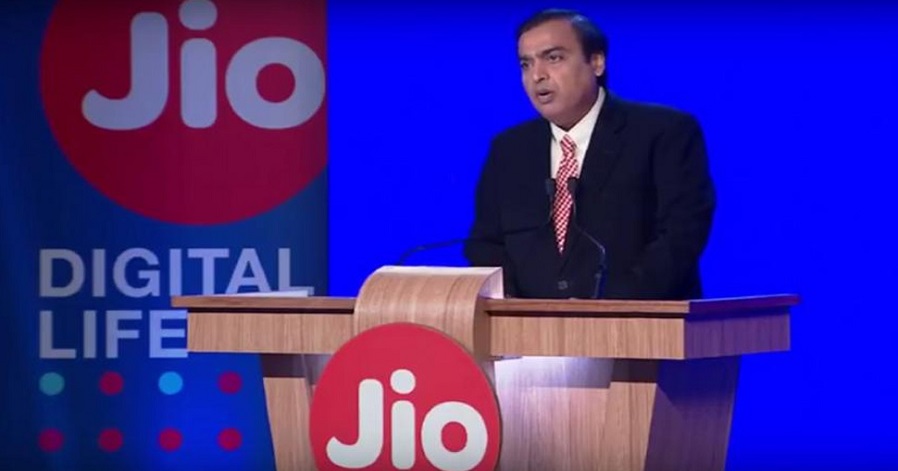Chandrayaan-II mission was launched onboard by the Indian space agency ISRO on its most powerful launcher GSLV-Mk III, from Satish Dhawan Space Centre in Andhra Pradesh’s Sriharikota at 2:43 PM on July 22.
India became the fourth country to launch a mission after the US, Russia, and China that would land on the moon (far side of the moon’s surface) and the very first country to land on and explore its south pole region.

Soon after the successful launch of Chandrayaan-2, NASA and international media heaped praise on Indian scientists for their fantastic work towards implementing the biggest space mission. However, ISRO is not planning to stop anytime soon.
The Indian space agency has been busy sketching route map to script yet another milestone in the times to come. 6 years after courting Mars, India has planned 6 scientific missions in the next decade, including Venus mission in 2023.
While the spacecraft to Venus will lift off with more than 20 payloads, the upcoming decade will initiate with interplanetary missions – Xposat in a bid to study cosmic radiation in 2020, Aditya L1 to the Sun in 2021, Mars Orbiter Mission-2 in 2022, Lunar Polar Exploration or Chandrayaan-3 in 2024 and Exoworlds, an intriguing exploration outside the solar system in 2028.
Venus is believed to be earth’s ‘twin sister’ due to its similarities in mass, size, composition, density and gravity.
The mission to the planet will concentrate on studying, observing and examining the surface and its sub-surface, atmospheric chemistry and also the interactions with solar radiation or solar winds.
The mission has got many excited. “We have received great response from across the world, and more than 20 payloads planned,” said Isro chairman K Sivan.
“Aditya L1 and Xposat missions have been defined. The rest are in planning stages,” Sivan added. He says that Aditya L1, the Sun mission, may play an important part in understanding and predicting climate change on Earth.
The payloads will further study and observe the solar corona. “Corona has an influence on the upper atmosphere and that impacts climate change on earth. If we can understand the solar corona better, we may be able to predict climate change,” he said.
The launch is expected to happen before than planned, as Sivan said the spacecraft will lift off by mid-2020 and then will be placed in a ‘libration orbit’, which is 1.5 million km from Earth.
Well, this is 1% of the distance between the Sun and the Earth, where the gravity of the 2 celestial objects equalises and positioning it in such an orbit enables the spacecraft to circle along with our planet, as a result constantly facing Sun.
In a recent presentation which was made during the 60th session of United Nations Committee on the Peaceful Uses of Outer Space, ISRO scientists said that Xposat will be a five-year project, carrying a polarimeter instrument made by Raman Research Institute to estimate cosmic radiation. The spacecraft will be positioned in a circular 500-700km orbit.
(With inputs from TOI)











